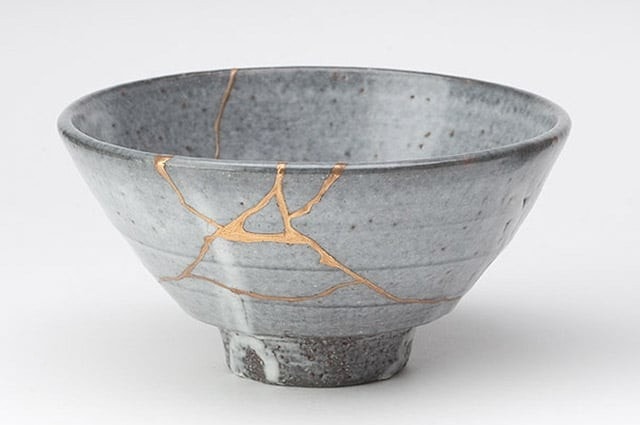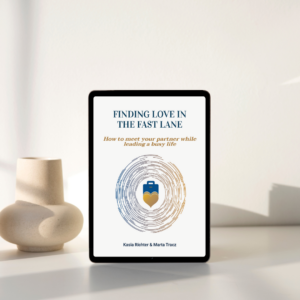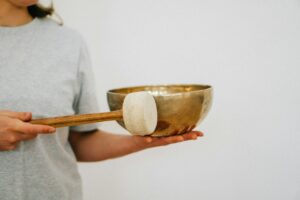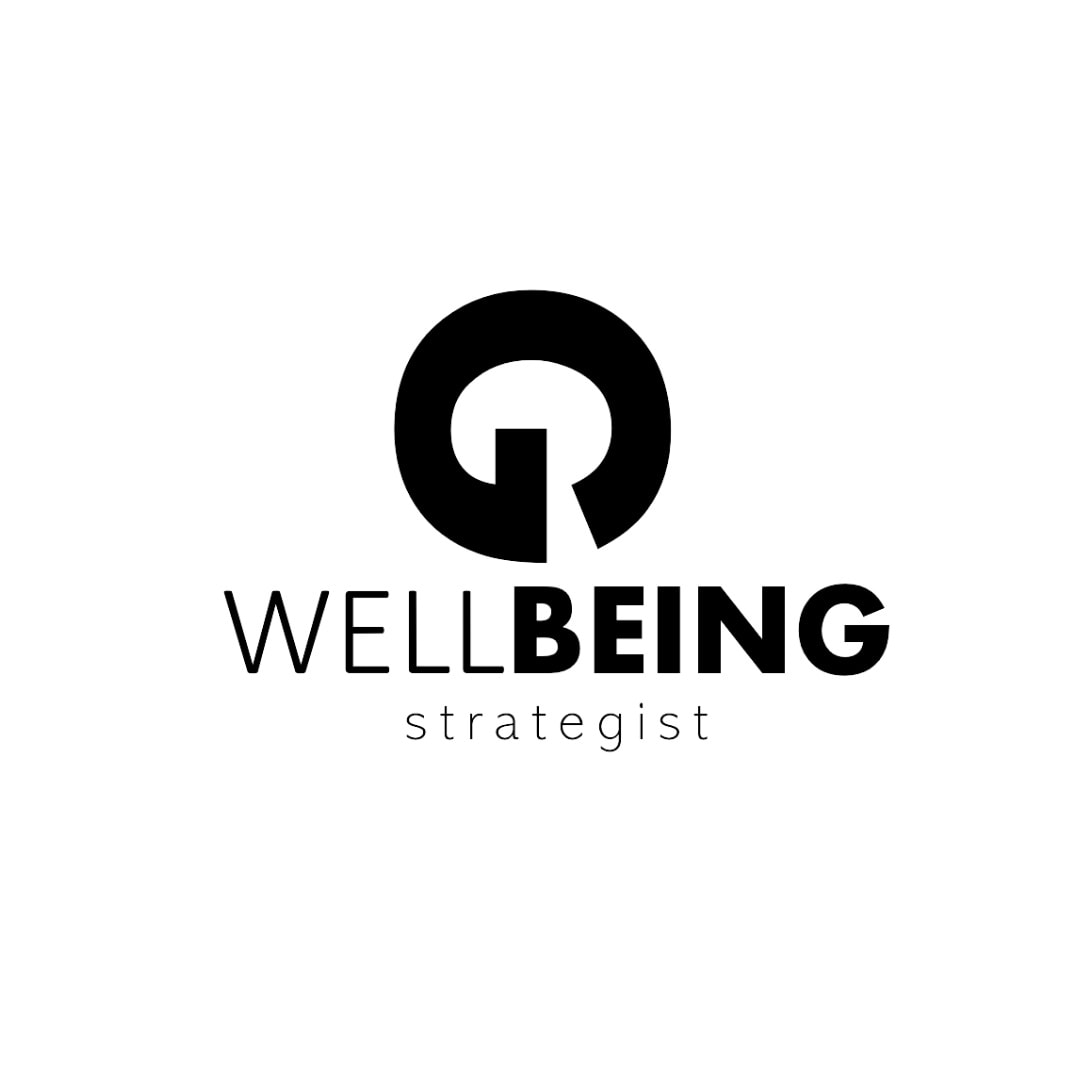Kintsugi: A Japanese Path to Inner Resilience and Healing Power
Kintsugi- the art of embracing damage can teach us a lot about extracting strength and beauty from pain.
In Japanese culture, kintsugi is the ancient art of repairing what has been broken. It involves fixing fragments of broken pottery with a lacquer resin mixed with powdered gold, silver or platinum, leaving the repair clearly visible to others. The new ceramic becomes a symbol of strength, beauty and fragility. So, how can it transform your life?
Kintsugi embraces the idea of having your flaws on display for everyone to see. Translating as ‘golden joinery’, it can be seen as a metaphor for life, an ethos explored in the new book Kintsugi: Embrace Your Imperfections and Find Happiness – The Japanese Way by psychologist Tomás Navarro.
His book aims to teach people how to apply the rules of the ancient art to their everyday life in order to heal our emotional wounds and rebuild our lives, without forgetting about the past.
Here are some of the life lessons we’ve learnt from Navarro’s wise words…
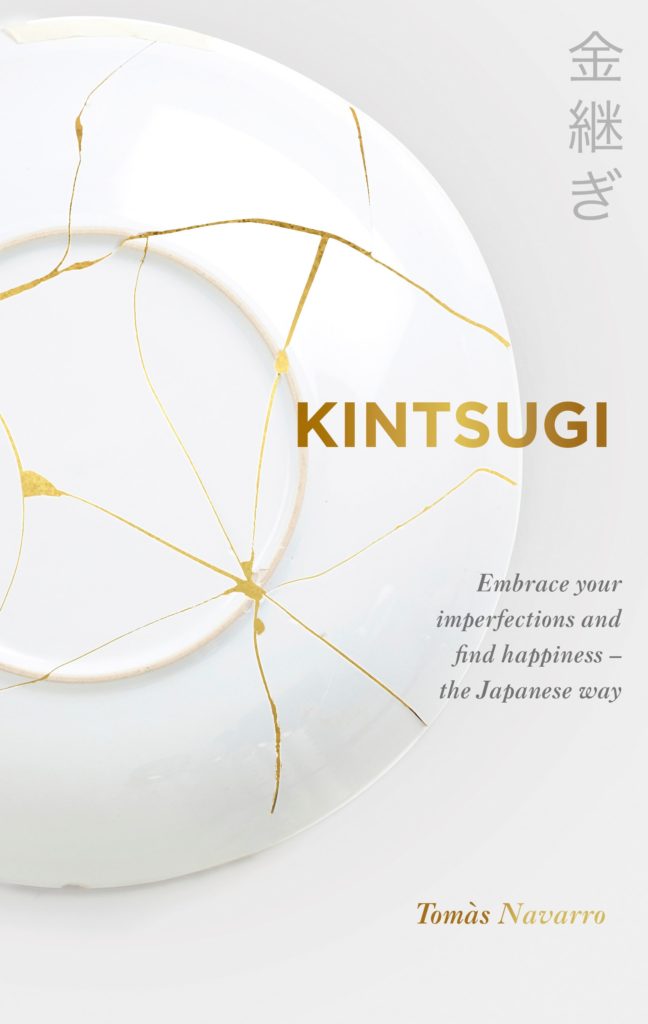
YOU MAY ALSO LIKE: Take a wellbeing break to prevent burnout and karoshi
Turbulences are Inevitable
“Do not try to live a pleasant life without suffering,” Navarro says.
“Because if you do you will be resigning yourself to surviving instead of living intensely.” Essentially, the first step to practising kintsugi is to take risks – you can’t be scared of getting damaged along the way because it’s inevitable.
Just like pottery, even if you treat something with care it’s possible that it’ll break, and it might be outside your control. In life, we all lose loved ones, or get ill, or suffer some other tragedy that we can’t change. So instead of avoiding living, we should instead learn to repair ourselves after hard times.
How to deal with challenges
Face Challenging Times Head On
Instead of ignoring problems and sticking our heads in the sand, Navarro encourages people to be realistic and get themselves ready for life’s more challenging times with kintsugi techniques. Don’t pretend you haven’t been broken – think of hard times and life lessons and put those broken pieces back together.
Embrace the scars afterwards too – whether physical or emotional – as a beautiful part of who you are. They are, after all, the things that make up our life story.
Accepting the change
“Change is the only constant in life.” – Heraclitus
For some people, the idea of constant and never-ending change is terrifying, because change often involves risk and loss – possibly of something big, like your house, your job, your money, your friends, your family, or just the loss of whatever is comfortable and familiar.
Some people see change as something to fear or dread, instead of something that is a new adventure that has the potential to improve them or their life.
That’s what change actually is: it’s an opportunity for you to experience something new and to grow and evolve as a person.
Change is part of life and development. It will depend on us and our perspective how we will approach it and how it is going to impact us.
YOU MAY ALSO LIKE: Success comes to those who can manage a lot of stress.
How to be confident & happy
It’s all about emotional strength
“The difference between a person who is confident and happy, and someone who is not, resides in their emotional strength,” Navarro reveals.
“Emotional strength is the set of resources available to us when tackling challenges and problems. Most people suffer due to the accumulation of minor problems rather than just one single adversity.”
Navarro proffers that “emotional strength can be learned”. Kintsugi sees emotional strength as a set of skills and techniques which, when understood and mastered, can teach us how to be happy and manage adversity in our lives. Therefore, Navarro emphasises the point of continuously reinforcing our emotional strength and adding coping techniques to our repertoire in order to feel stronger and more confident when facing everyday challenges.
How to deal with problems
Treat problem as a challenge
That’s the way to engage your emotional strength.
There are no problems, only situations.
If you perceive problems as overwhelming and much bigger than yourself you already diminishing your capability of dealing with it. However if you perceive problems as situations, and yourself as someone who has the tools to deal with them, everything changes.
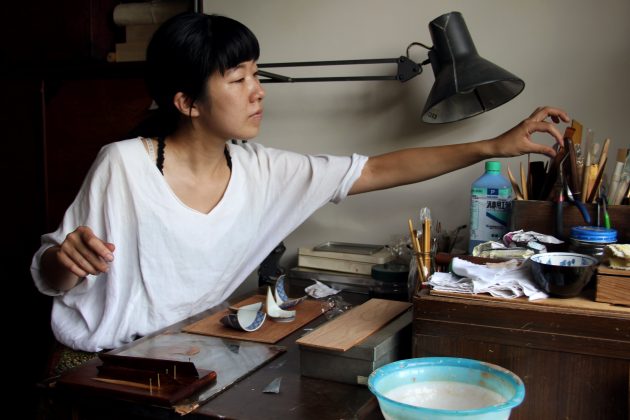
Think about the future
“Maturity is achieved when a person postpones immediate pleasures for long-term values.” ~ Joshua L. Liebman
Have a long-term perspective in mind.
Unpleasant actions can lead to long lasting positive changes and results.
Check out/ Explore your inner dialogue
What do you keep saying to yourself?Does it motivate you or put you down?
Recognise Yourself, Rebuild Yourself & Give Yourself A Chance
“The past is gone. It explains a few things about your life, but it is nothing more than an influence – don’t forget that. There is no reason why your past should condition your whole life,” Navarro says.
While he believes it’s good to confront hard times, once they pass it’s best to leave them behind you instead of dwelling on things. Learn from what happened, but then turn the page – it’s time to focus on what’s ahead of you.
YOU MAY ALSO LIKE: Managing stress during career transition
Pick Up The Pieces – But Cleanse Them Of Impurities
“Pick up every piece of your soul… taking care not to pick up any dirt along with the pieces; don’t get them confused. During breakage we tend to acquire destructive habits, routines that seem helpful on the surface, but actually limit us, attitudes that are debilitating and toxic; ultimately, factors that may contaminate the process…
Pick up the pieces without impurities, Actively decide what you will and will not bring with you when starting this new chapter in your life,” Navarro says.
At its core, the act of kintsugi is about embracing your flaws and your suffering – but that doesn’t mean keeping them around. If we continue to suffer, then we’re essentially holding the door open for those toxic emotions – anger, resentment, and frustration – that hold us back. In order to move on and ‘rebuild’ ourselves, we need to recognise those feelings and what they meant to us, but leave them there on the floor.
Take your own decisions
Don’t let other decide about your life.
Remember, that the power of navigating your life belongs to you. You can widen your perspective, consults specialists to gain more knowledge, inspiration and awareness, yet at the end of the day it is your life and it is you who will be living with consequences of the actions you take.
Further Reading
Tomás Navarro book Kintsugi: Embrace Your Imperfections and Find Happiness – The Japanese Way
Do you feel like you need help dealing with difficult experiences?
I can help. Dealing with uncertainty, fear or stress can generate a lot of frustration and imbalance. If you are looking for a simple solution formed into actionable tools allowing you to become self-sustainable in maintaining your mental wellbeing and create a life you truly want, including a positive mindset ‚learn more about Upcoming Retreat


